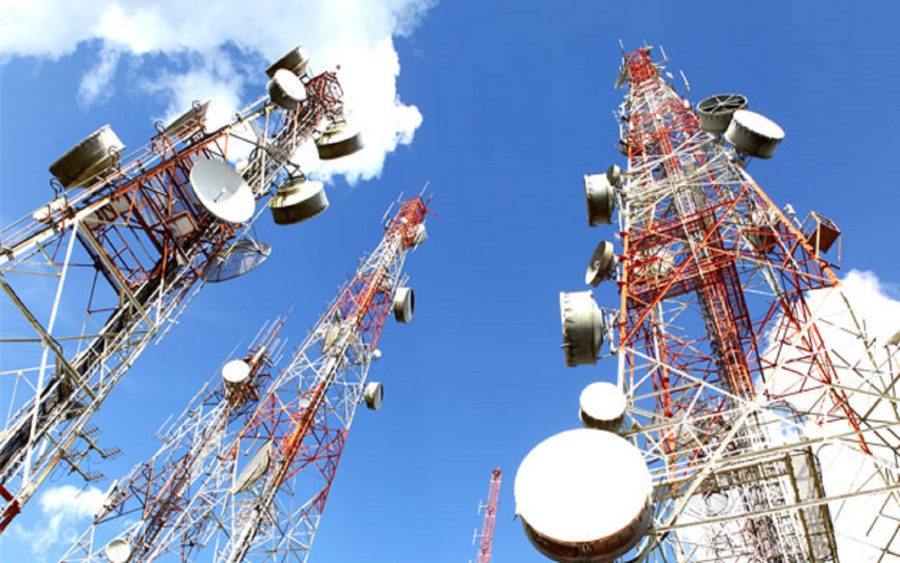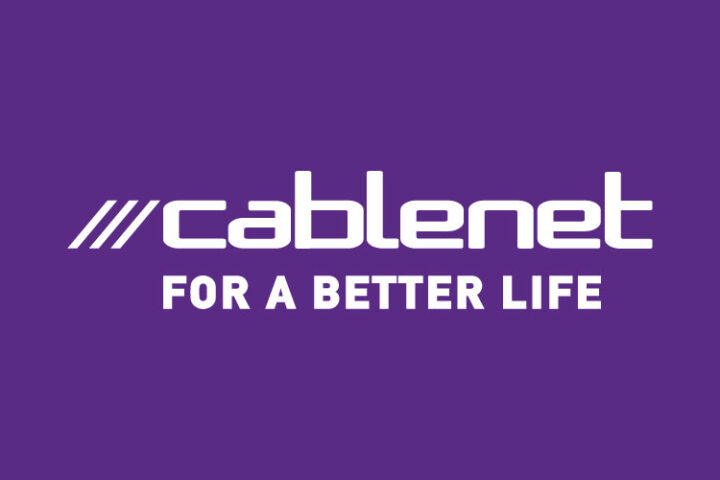Important information on strategies the Telecommunications industry must follow to maintain growth in an increasingly complex and competitive environment emerged from the PwC report, “Global Telecom and Entertainment & Media Outlook 2023-2027“, conducted in 53 countries.
The findings and analysis focus on three key areas with five-year forecasts:
- offers for retail consumers
- services to businesses
- the evolution of networks to meet the changing needs of customers
Offers for retail consumers
As the customer remains at the focal point, the demand for data is increasing amid evolving user preferences and new devices with ever-increasing data demands.
While total data consumption is expected to nearly triple over the next five years, driven mainly by video and secondarily by online gaming, the resulting revenue will only see a modest increase of around 4% on an average annual basis.
Mobile data demonstrate the fastest growth compared to Wi-Fi in terms of volume, although there is no shortage of large variations between countries (6% annual average growth in North America vs. 30% in Asia).
Services for businesses
The increasing adoption of the Internet of Things (IoT) in several sectors of the economy is not yet reflected in the revenues of Telecommunications.
In 2027, we expect to have 25.1 billion connected devices from the 16.4 billion we have now due to the growth of consumer home ecosystems and commercial, industrial, and medical IoT electrical devices.
IoT devices place different demands on networks regarding power usage, speed, and latency.
Therefore, telecommunications should work with other technology companies (software and cloud providers, system integrators) to develop an ecosystem offering more efficient and scalable solutions to customers’ problems.
Evolution of networks
5G is expected to become the leading type of smartphone connection in 2025.
By 2027, 5G will rise to two-thirds of total connections while the US and China lead the rollout.
On the other hand, fibre optic deployment continues to grow but still has a lot more ground to cover.
As a result of the above investments, the sector’s capital expenditure increased sharply in the previous two years; however, its growth rate is expected to decline in the coming years.
An additional burden on the financing and subsequent debt of companies is added by higher inflation and interest rates.
This creates a definite need to improve efficiency, enhance monetisation (content subscriptions and IoT applications beyond connectivity), and control costs.
For example, some players have autonomous 5G networks, while others invest in shared networks so that several operators have access.
In this light, even mergers are taking place with the aim of synergies and economies of scale.
Telecommunications companies have opportunities to provide fixed access networks to residents and small businesses.
Moreover, there are opportunities to provide private 5G networks for business customers.
In India, the government is diversifying licenses for B2C services and B2B-focused solutions, such as IOT and private 5G networks.
This encourages new B2B players, many of whom are investing in developing and providing private 5G networks for businesses.
By Leonidas Stavropoulos, Consulting Services, PwC Cyprus










